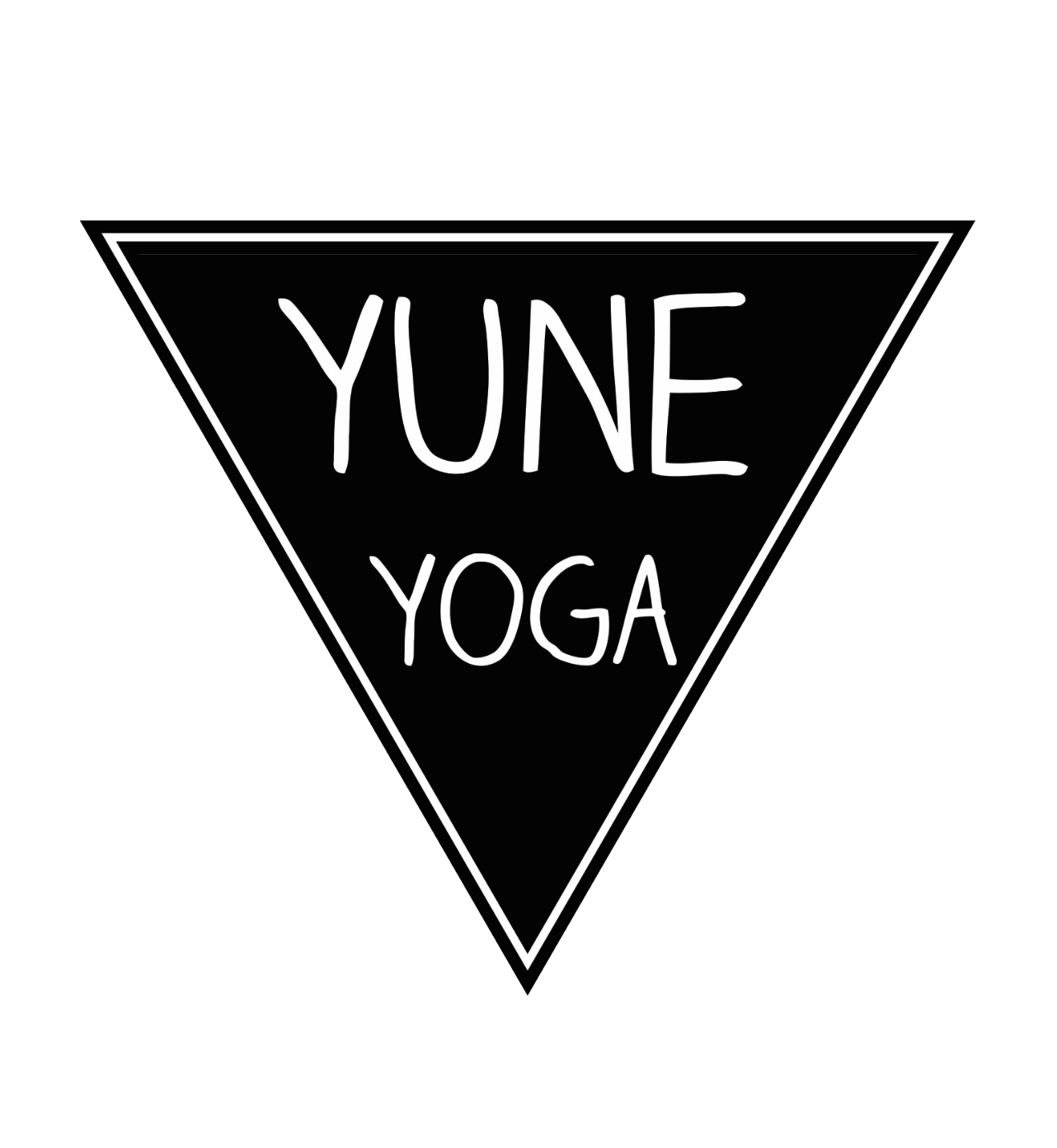
Can Yoga Build Muscle? Exploring the Strength Benefits of a Mind-Body Practice
Ever wondered if yoga can actually help you build muscle? You're not alone. Many people question whether their yoga practice, especially the more vigorous styles, can contribute to muscle growth like traditional weightlifting. The truth is, yoga can indeed play a role in building strength and muscle tone, but it works in a different way than you might expect. Let's explore how this mind-body practice can help you get stronger and integrate it into your fitness routine.
Key Takeaways
- Yoga can build muscle by engaging multiple muscle groups and promoting endurance.
- Power yoga includes dynamic movements and isometric holds that enhance strength.
- Combining yoga with traditional weight training can maximize results.
- Different styles of yoga offer unique benefits for muscle strength and overall fitness.
- Yoga improves flexibility and mental focus, which supports better performance in all physical activities.
Understanding Muscle Building Through Yoga
The Role of Yoga in Building Muscle
Yoga isn't just about stretching and relaxation; it can actually play a role in building muscle. Yoga helps develop lean muscle mass rather than bulk. The different poses work various muscle fibers, which leads to better strength and tone. It's not about lifting heavy weights, but about using your own body weight to create resistance. Think of it as a different approach to strength training. Regular practice can also improve your mind-body connection, which is key for sustainable fitness.
Comparing Yoga to Traditional Strength Training
Traditional strength training usually focuses on lifting heavier weights to build muscle. Yoga, on the other hand, uses your body weight and focuses on stability. While both can build muscle, they do it in different ways. Traditional weightlifting often isolates specific muscles, while yoga engages multiple muscle groups at once. This can lead to a more balanced and functional type of strength. It's also worth noting that yoga emphasizes flexibility and balance, which are often overlooked in traditional strength training. Consider power yoga for muscle building and overall strength.
Mechanisms of Muscle Growth in Yoga
Muscle growth, or hypertrophy, happens through a few key mechanisms. In traditional weightlifting, this often involves lifting heavy weights to create mechanical tension and muscle damage. Yoga achieves this through sustained poses and isometric holds. These poses require you to support your body weight, which engages multiple muscle groups. The static holds in many yoga poses promote muscle endurance. As you get better, you can focus on poses that actively build strength, like Plank or Warrior. Regular practice also increases flexibility, which can help with muscle training by allowing deeper and safer movements during exercises.
Yoga can increase metabolic stress on your muscles, which is another factor contributing to muscle growth. Enhanced mobility aids in joint health and overall athletic performance, making your yoga practice beneficial for long-term strength development.
Here's a simple comparison:
| Feature | Yoga | Traditional Strength Training |
|---|---|---|
| Resistance | Bodyweight | External Weights |
| Focus | Stability, Flexibility | Progressive Overload |
| Muscle Engagement | Multiple Muscle Groups | Isolated Muscles |
The Power of Power Yoga
Power yoga is a dynamic and vigorous style that really emphasizes both strength and flexibility. It's not your grandma's gentle stretching class, that's for sure! It's characterized by a faster pace and a dynamic flow of poses designed to build endurance and strength. Think of it as a high-intensity workout disguised as yoga. It's rooted in Ashtanga yoga, but power yoga sequences challenge your body in all sorts of ways, engaging multiple muscle groups at once. This flow demands both physical and mental focus.
Dynamic Movements for Strength
Power yoga uses a lot of dynamic movements that help build strength. These aren't just static stretches; you're constantly moving, transitioning from one pose to another. This keeps your muscles engaged and your heart rate up. Think of poses like chaturanga and various warrior poses. These movements build strength and also improve your cardiovascular fitness. It's a great way to get a full-body workout without even realizing you're "working out".
Isometric Holds and Muscle Endurance
Isometric holds are a big part of power yoga. You're holding poses like plank or chair pose for extended periods. This builds muscle endurance because your muscles are constantly working to maintain the position. It's not about lifting heavy weights; it's about sustaining effort over time. This type of training is great for building functional strength that translates into everyday activities. Plus, it really tests your mental toughness!
Benefits of Flow Sequences
Flow sequences, or vinyasas, are what really set power yoga apart. These sequences link poses together in a continuous flow, creating a sort of moving meditation. This not only builds strength and endurance but also improves flexibility and coordination. The constant movement generates heat, which helps to detoxify the body and improve circulation. It's a great way to improve flexibility and build mental resilience at the same time.
Power yoga is more than just a workout; it's a practice that combines physical and mental discipline. It's about pushing your limits, finding your edge, and building strength from the inside out. It's a challenging but rewarding way to build muscle, improve flexibility, and enhance overall well-being.
Integrating Yoga Into Your Fitness Routine
Combining Yoga and Weight Training
Yoga and weight training? Sounds like a weird combo, right? But hear me out. Yoga can actually be a game-changer for your weightlifting routine. Think of it as the ultimate recovery tool and flexibility booster. After crushing those heavy squats, a yoga session can help stretch out those tight muscles, reducing soreness and preventing injuries. Plus, it's not just about flexibility; yoga can improve your form during weightlifting by promoting better body awareness and alignment. I usually try to schedule a yoga session right after my weight training.
Scheduling Yoga for Recovery
Okay, so you're sold on the idea of yoga, but when do you actually fit it in? Well, think of yoga as active recovery. Instead of just collapsing on the couch after a tough workout, try a gentle yoga flow. It helps increase blood flow to your muscles, which speeds up the healing process. I've found that doing yoga on my rest days really helps me bounce back faster. Here's a simple schedule I sometimes follow:
- Monday: Weightlifting (legs)
- Tuesday: Yoga (restorative)
- Wednesday: Cardio
- Thursday: Weightlifting (upper body)
- Friday: Yoga (vinyasa)
- Weekend: Rest or light activity
Enhancing Performance with Yoga
Yoga isn't just about recovery; it can also boost your overall athletic performance. The improved flexibility and balance you gain from yoga can translate to better form and efficiency in other activities, like running or cycling. Plus, the mental focus you develop during yoga can help you push through tough workouts. It's like a secret weapon for your mind and body. I've noticed a big difference in my stamina since I started incorporating yoga regularly. It's not just about building muscle; it's about creating a well-rounded fitness routine that supports your body and mind.
Yoga has become an integral part of my fitness journey. It's not just about the physical benefits; it's about the mental clarity and stress relief it provides. I've found that incorporating yoga into my routine has made me a more balanced and resilient athlete.
Types of Yoga for Strength and Muscle Tone
Yoga has a bunch of different styles, and some are better than others if you're trying to build strength and muscle tone. Each type uses different moves and ways of engaging your body, so you get different benefits.
Power Yoga and Muscle Strength
Power Yoga is a fast-paced style that can really help build muscle strength. It's all about challenging sequences and strength-building poses that get your heart rate up and work multiple muscle groups at once. Think of it as a full-body workout using your own body weight. Poses like Warrior II, Chair Pose, and Plank are key for building strength in your arms, legs, and core. Adding Power Yoga to your routine can lead to better muscle tone and definition. It's a great way to enhance muscle endurance without needing weights.
Vinyasa Flow for Endurance
Vinyasa yoga focuses on linking your breath to your movements, creating a flowing practice that builds both strength and endurance. This style involves a series of poses connected together, often moving through Sun Salutations. Each transition requires your muscles to engage, which helps build overall strength. In Vinyasa classes, poses like Cobra, Downward Dog, and Warrior I challenge your body and promote muscle stability. This continuous flow makes it easier to work multiple muscle groups, helping with muscle tone and endurance over time. Regular practice can lead to increased strength without weights. It's a great way to improve your overall strength.
Hatha Yoga for Stability
Hatha yoga is a more basic style that focuses on physical postures. While it's not as intense as Power Yoga or Vinyasa, it still provides bodyweight resistance training. Holding poses for longer periods can improve muscle endurance and stability. Think of it as a foundation for other types of yoga. It's a good way to build a solid base before moving on to more challenging styles. Hatha yoga is a foundational style emphasizing physical postures. While not as intense as Power Yoga or Vinyasa, it provides essential bodyweight resistance training. Holding poses for extended periods can enhance muscle endurance and stability.
Hatha yoga is a foundational style emphasizing physical postures. While not as intense as Power Yoga or Vinyasa, it provides essential bodyweight resistance training. Holding poses for extended periods can enhance muscle endurance and stability.
The Benefits of Yoga Beyond Muscle Building
Improved Flexibility and Mobility
Yoga is awesome for boosting your flexibility. Regular practice stretches your muscles and increases your range of motion. This isn't just about touching your toes; it helps prevent injuries and makes everyday movements easier. Think about reaching for something on a high shelf or bending down to tie your shoes – yoga makes these things less of a strain.
Enhanced Coordination and Balance
Ever wobble during a tree pose? That's your body working on its balance! Yoga poses require you to be aware of your body in space, improving your proprioception. This leads to better coordination, which is useful in all sorts of activities, from sports to simply walking without tripping. It's like giving your brain and body a communication upgrade.
Mental Resilience and Focus
Yoga isn't just physical; it's a mental workout too. Holding poses and focusing on your breath requires concentration and mental discipline. This can translate into improved focus in other areas of your life, like work or studies. Plus, the meditative aspects of yoga can help reduce stress and promote a sense of calm. It's like hitting the reset button for your mind. Power yoga offers numerous additional benefits that contribute to overall wellness.
Yoga has been shown to reduce symptoms of anxiety and depression. The combination of physical postures, breathwork, and mindfulness creates a powerful tool for managing stress and improving overall mental well-being. It's a holistic approach that addresses both the body and mind, leading to a more balanced and resilient you.
Practical Tips for Building Muscle with Yoga
Choosing the Right Poses
Not all yoga poses are created equal when it comes to building muscle. Some are better than others for targeting specific muscle groups. For example, poses like Warrior II and Triangle pose are great for legs, while plank variations work your core and upper body. Focus on poses that require you to hold your body weight or actively engage your muscles against resistance.
- Prioritize poses that challenge your strength.
- Learn the proper alignment for each pose to maximize muscle engagement and prevent injury.
- Consider using props like blocks or straps to deepen your poses and increase the challenge.
Listening to Your Body
Yoga is all about connecting with your body and paying attention to its signals. It's important to listen to your body and avoid pushing yourself too hard, especially when you're first starting out. Don't ignore pain, but also don't be afraid to challenge yourself. Find that sweet spot where you're working hard but not risking injury. If you're feeling pain, modify the pose or take a break. Remember, consistency is key, and it's better to do a little bit of yoga regularly than to overdo it and get injured. Combining yoga and weight training can be a great way to build strength.
Progressing in Your Practice
Just like with any other form of exercise, it's important to progressively challenge yourself as you get stronger. This could mean holding poses for longer periods of time, adding more challenging variations, or increasing the frequency of your practice. Don't be afraid to experiment and find what works best for you.
- Increase the duration of your holds gradually.
- Explore more advanced variations of poses.
- Incorporate resistance bands or light weights to add an extra challenge.
Remember that building muscle with yoga takes time and consistency. Don't get discouraged if you don't see results immediately. Stick with it, and you'll eventually start to see and feel the difference. Be patient, be persistent, and most importantly, be kind to yourself.
Wrapping It Up
In conclusion, yes, power yoga can help you build muscle! It’s not just about stretching and relaxation; those dynamic movements and bodyweight holds really engage your muscles. By practicing regularly, you can see improvements in strength and endurance. Plus, yoga brings a lot of other benefits to the table, like better flexibility and mental clarity. So, if you’re looking to mix things up in your fitness routine, give power yoga a shot. It might just be the perfect addition to help you reach your goals while keeping your workouts fresh and enjoyable.
Frequently Asked Questions
Can yoga really help build muscle?
Yes, yoga can help build muscle by using your body weight to strengthen different muscle groups.
How often should I do yoga to see muscle growth?
It's best to practice yoga at least three to four times a week for better muscle-building results.
Is yoga enough for muscle building, or should I lift weights too?
While yoga is great for muscle growth, combining it with weightlifting can give you even better results.
What yoga poses are best for building muscle?
Some good poses for building muscle include Plank, Warrior I and II, and Chair Pose.
Does yoga provide any heart health benefits?
Yes! The intensity of yoga can raise your heart rate, giving you similar benefits to cardio workouts.
How can I improve my yoga practice for muscle building?
To improve, try holding poses longer, adding harder variations, and including more dynamic movements.


